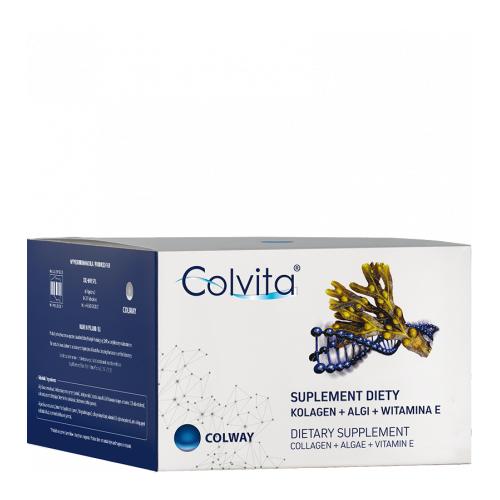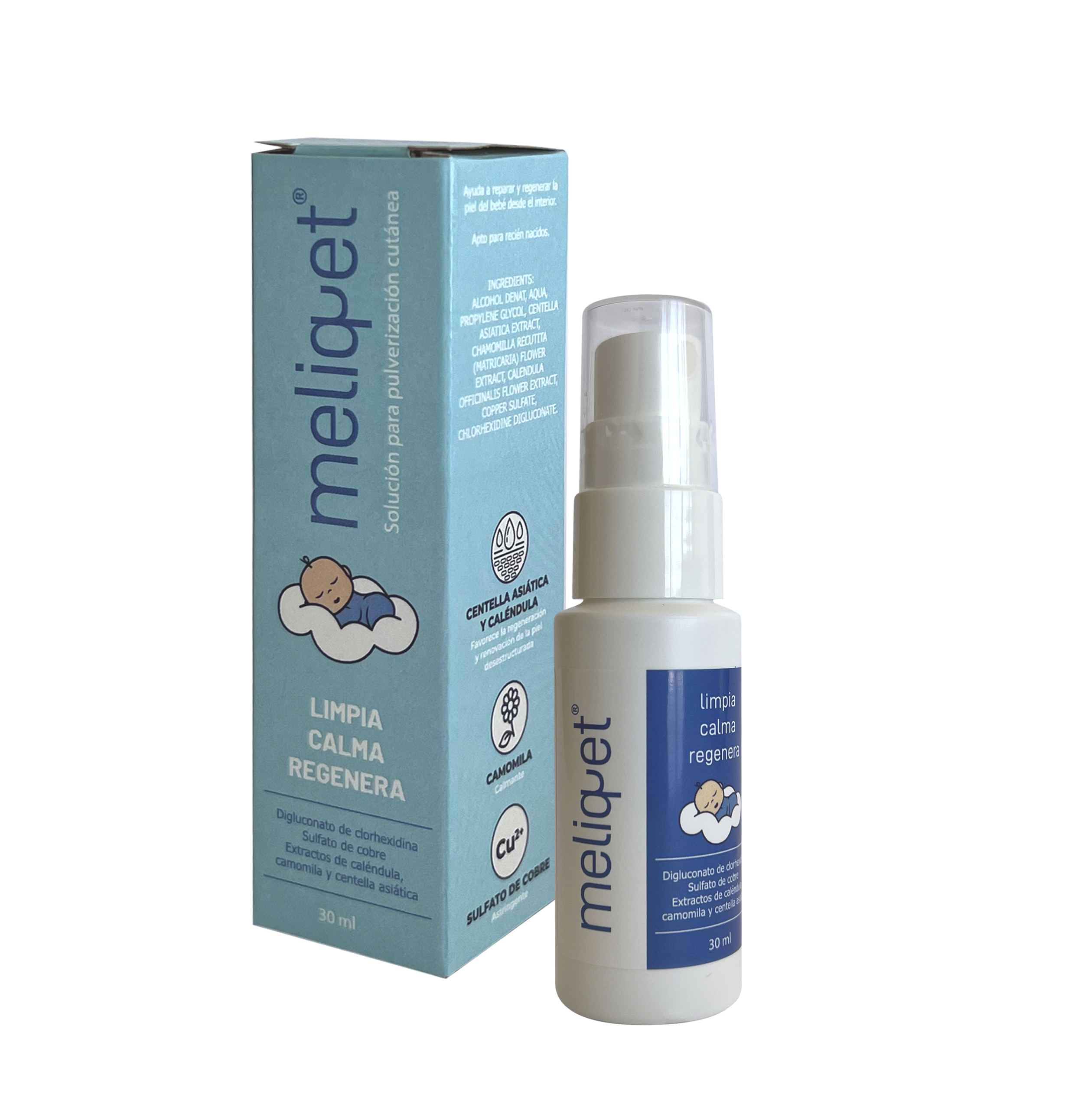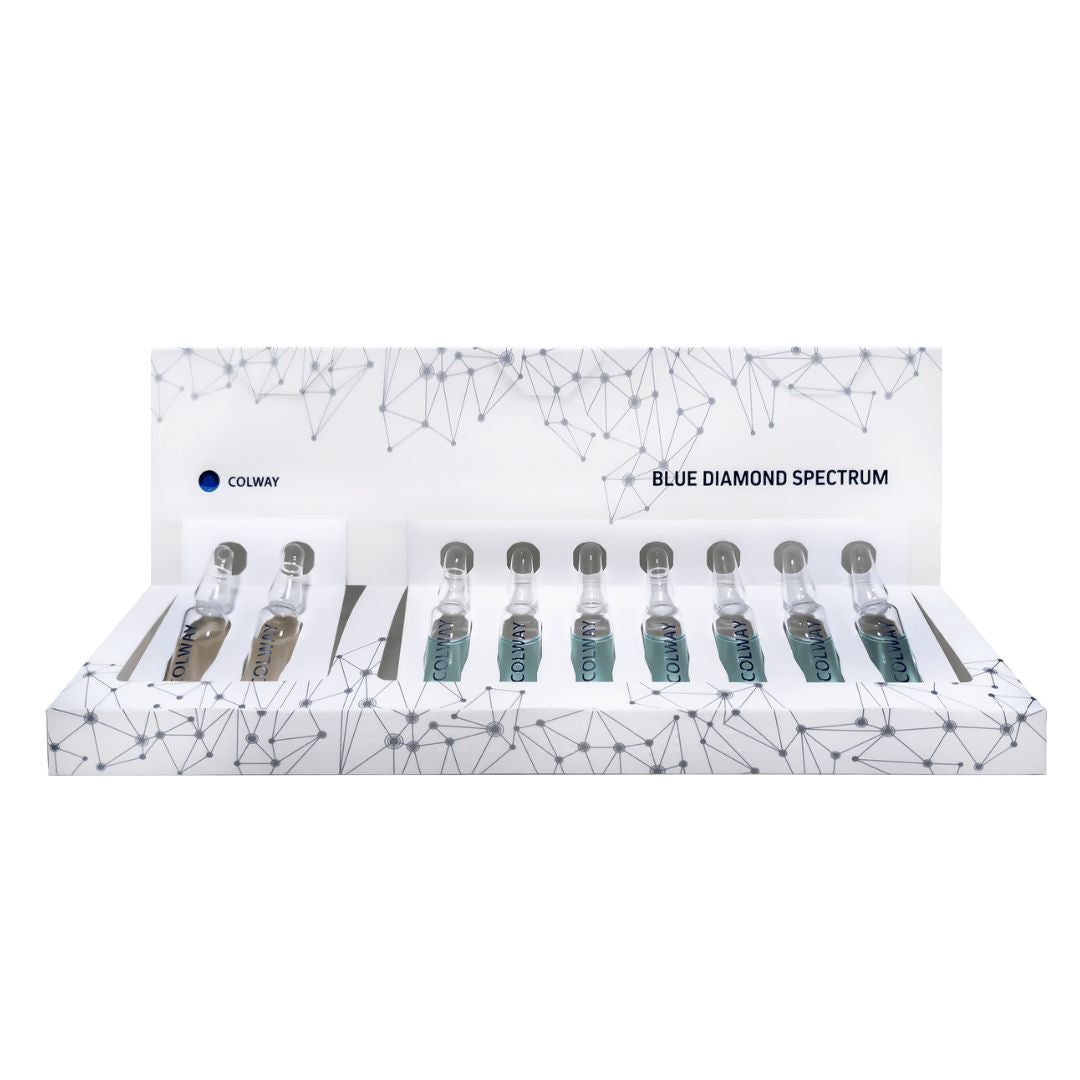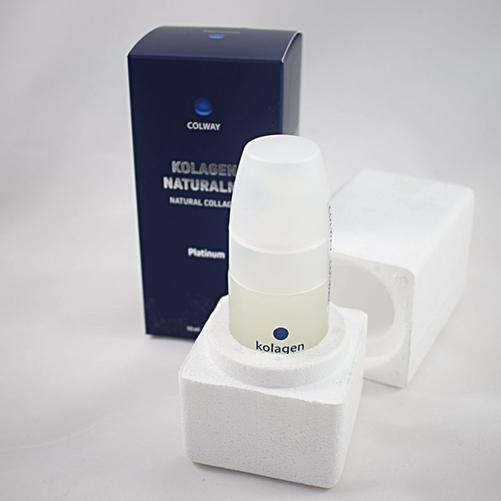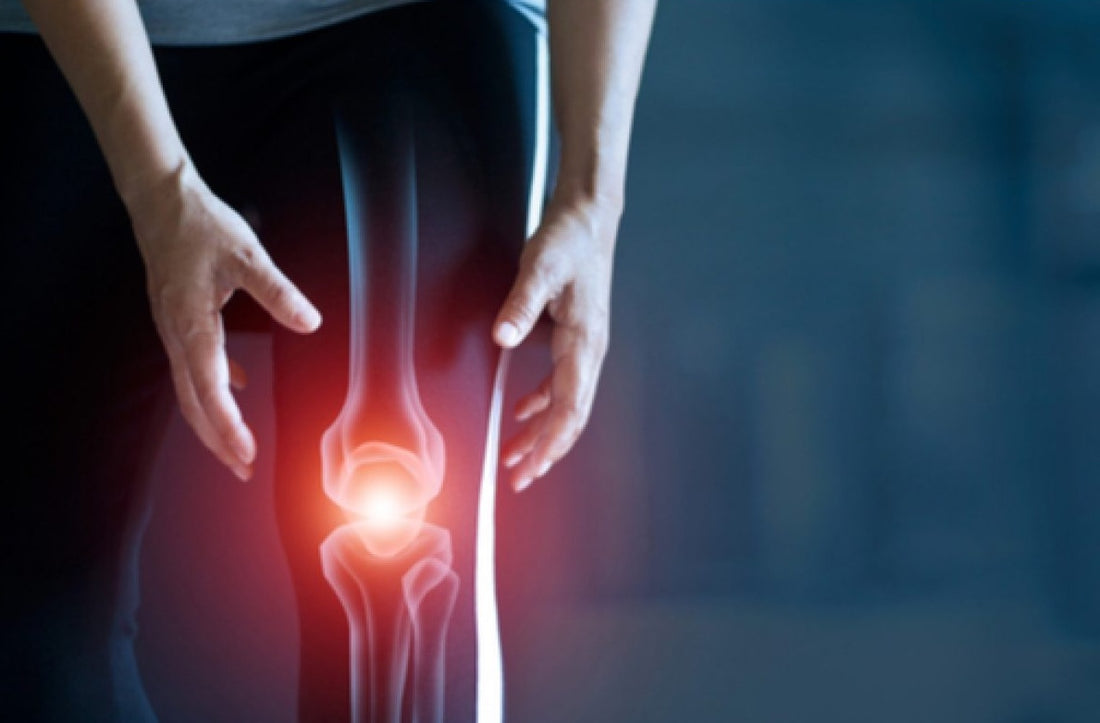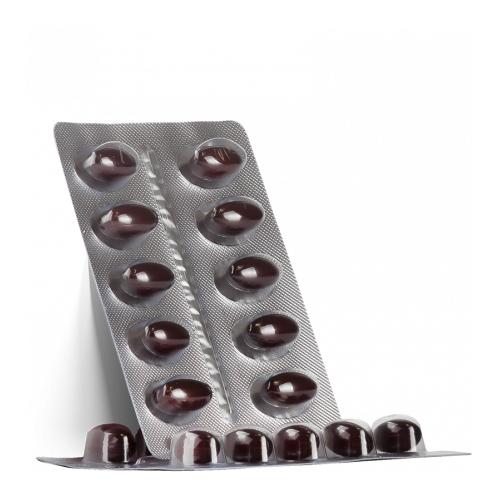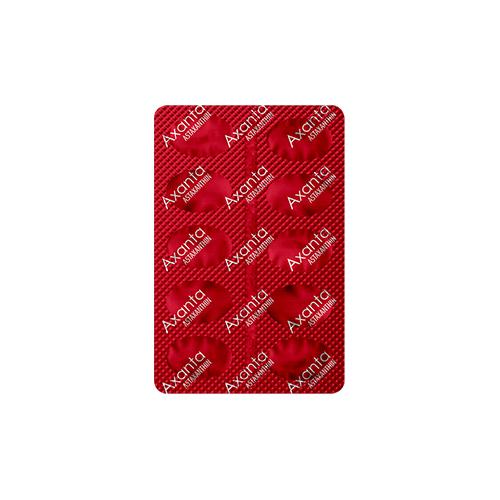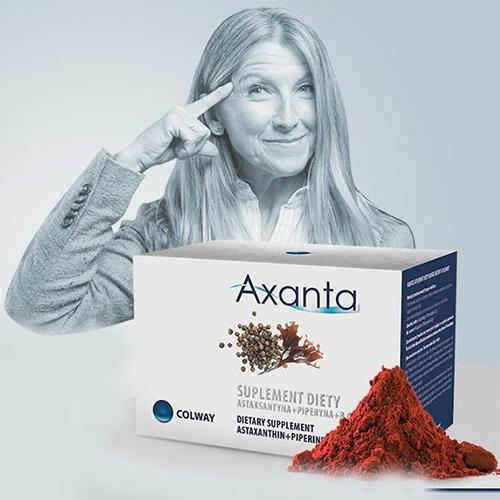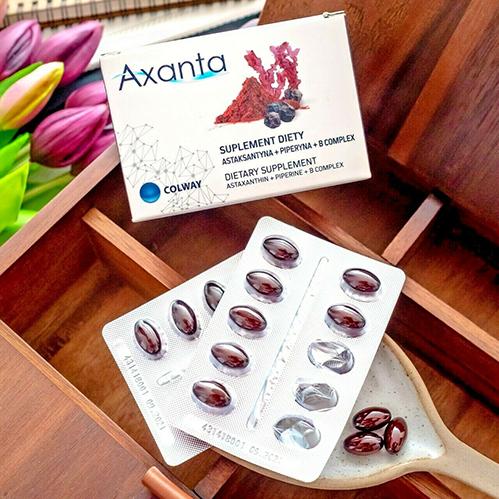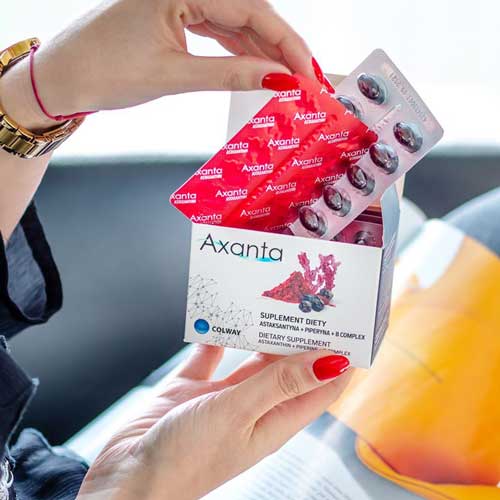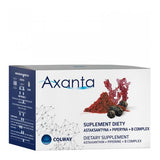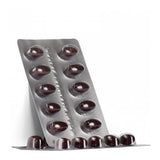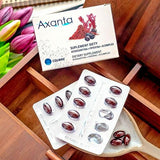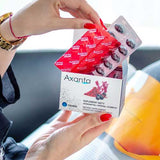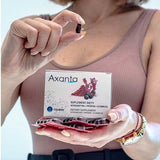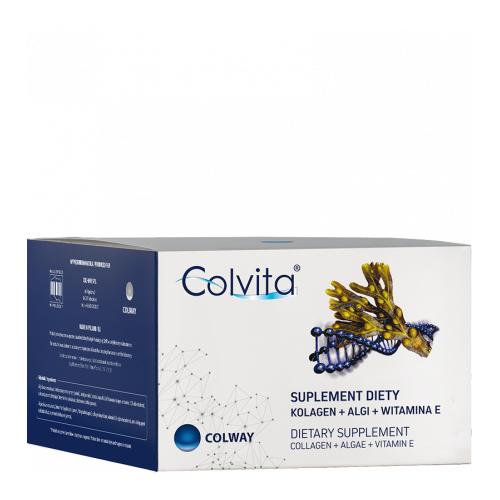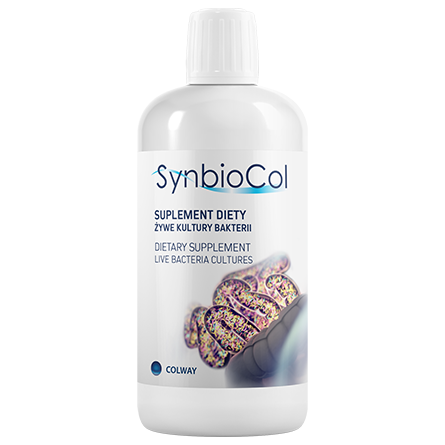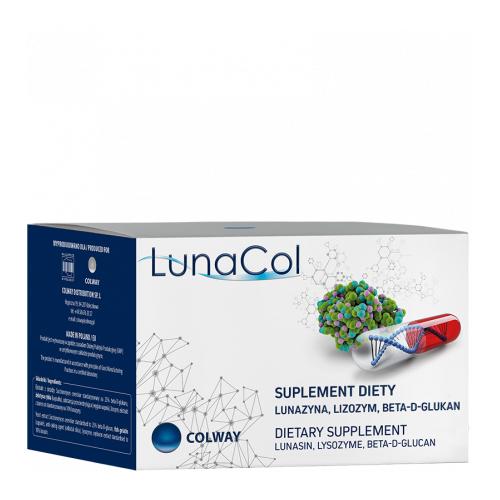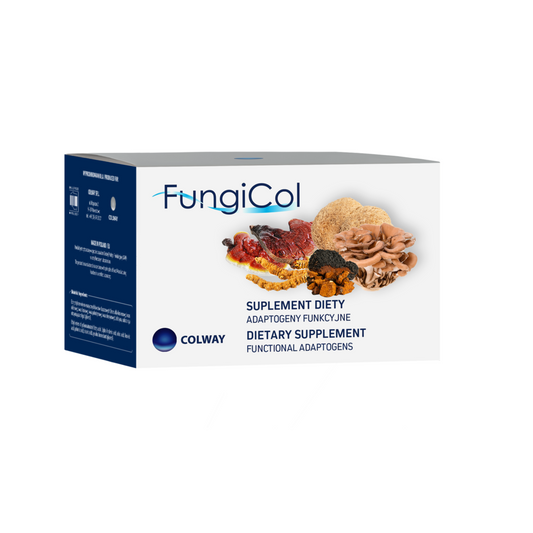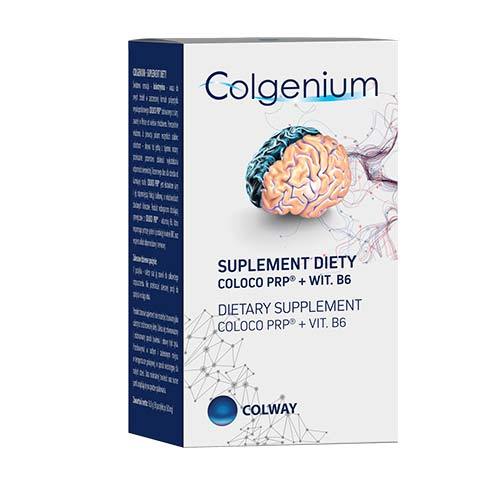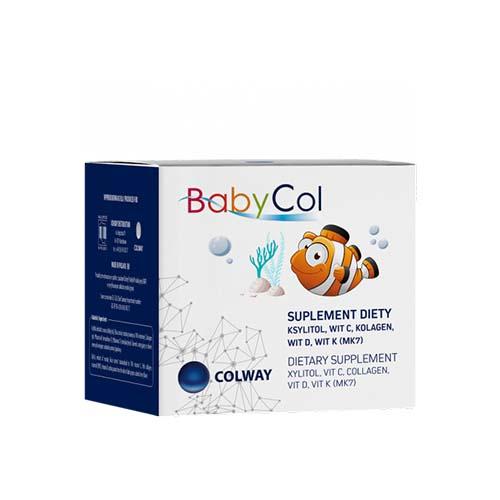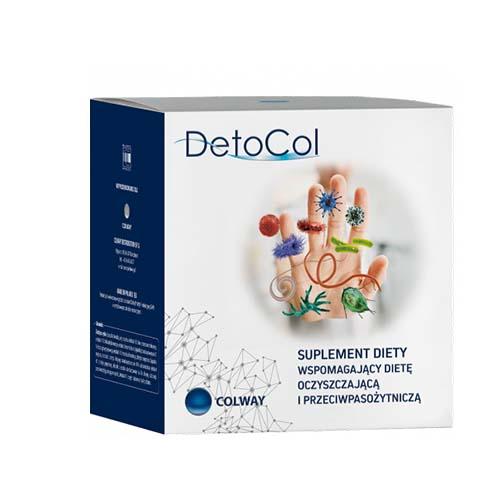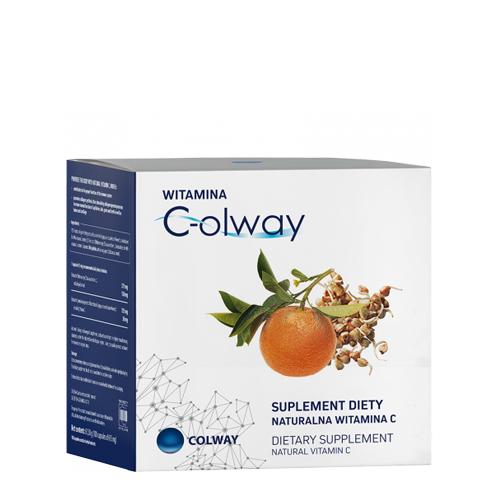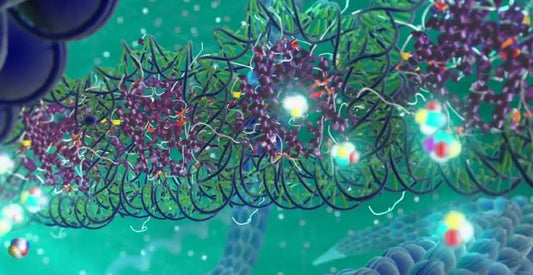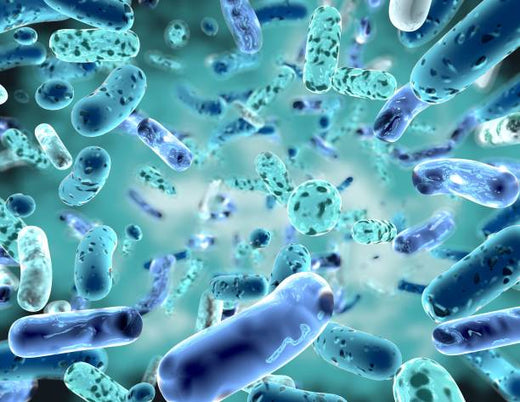Benefits of Astaxanthin in the Treatment of Osteoarthritis: A Natural and Effective Alternative
Osteoarthritis (OA)
Osteoarthritis (OA) is the most common form of arthritis, a chronic disease of aging. There is no effective and safe long-term treatment for the majority of patients with OA, creating a great unmet medical need. The potential market for OA is very large, since it is estimated that more than 150 million middle-class people worldwide suffer from this disease. Symptomatic OA of the knee affects approximately 12% of people older than 60 years.
OA Potential Market
The number of people with arthritis is expected to rise significantly, with estimates that by 2030, more than 67 million people in the US will have physician-diagnosed arthritis, the majority of whom will have OA. Assuming a cost of $1 per day for the treatment, the potential market could exceed $50 billion annually.
Chronic inflammation and its relationship with OA
Historically, OA has been considered a disease of increased biomechanical stress due to increased load (obesity). However, recent scientific advances point towards chronic inflammation as a contributing factor promoting OA disease progression. In particular, many healthy young patients have been observed to develop OA decades after acute sports injuries, demonstrating that more complex mechanisms contribute to the pathobiology of the disease. Furthermore, the importance of obesity-related mechanisms, such as altered expression of fat-associated inflammatory mediators and metabolic regulators, suggests that even the influence of obesity on OA pathology is more complicated than simple mechanopathology. The impact of obesity on the pathology of OA is expected to increase, as CDC projections suggest that if current trends continue, by 2030, 20% of the US population will be over 65 years of age. and 86% will be obese.
Sports Injuries and OA
Acute sports injuries in healthy young people may be a contributing factor to the development of OA later in life. This indicates that there are additional mechanisms to biomechanical stress that influence the progression of the disease.
Obesity and OA
Obesity is a known risk factor for OA, but its impact on disease pathology goes beyond simple mechanical loading. Mechanisms related to inflammation and metabolic regulation also play an important role in the progression of OA in obese patients.
Current Treatments for OA
anti-inflammatories
Current treatments for OA include anti-inflammatories such as corticosteroids; nonsteroidal anti-inflammatory drugs (NSAIDs), including Celebrex, ibuprofen, and naproxen; and pain relievers such as acetaminophen and opioids (tramadol).
Corticosteroids
Corticosteroids offer short-term relief, but long-term benefits are limited and carry significant adverse effects that preclude their sustained administration.
Non-steroidal anti-inflammatory drugs (NSAIDs)
NSAIDs, such as Celebrex, ibuprofen, and naproxen, offer anti-inflammatory action but have unacceptable long-term adverse effects, such as risks of bleeding or cardiovascular events.
Analgesics
Analgesics, such as acetaminophen, have risks of hepatotoxicity, while opioids are not suitable for chronic administration.
Glucosamine and chondroitin
Restoration of articular cartilage through glucosamine and chondroitin supplementation is another strategy to alleviate OA symptoms. Although some human studies suggest modest efficacy, larger studies have shown no benefit.
Astaxanthin (ASTX) as a treatment for OA
We believe that astaxanthin (ASTX) is the molecule that could offer an effective treatment for OA with minimal adverse effects when used for long periods of time. ASTX is a safe, bioavailable, and naturally occurring molecule with strong antioxidant and anti-inflammatory properties.
ASTX properties and distribution
ASTX Bioactivity
Following oral administration and intestinal absorption, ASTX is initially transported to the liver via chylomicrons and then distributed to tissues throughout the body via plasma lipoprotein particles such as VLDL, HDL, and LDL.
ASTX in cells and organelles
Once in the cell, ASTX accumulates in various organelles, including plasma, nuclear, endoplasmic reticulum, and mitochondrial membranes. Localization within mitochondria is highly regulated by the cell and allows ASTX to uniquely regulate oxidative and nitrosative stress in a critical location for normal metabolic functioning and often at the center of cell death, dysfunction. metabolism and aging.
Antioxidant and anti-inflammatory effects of ASTX
Influence on inflammation and oxidative stress
Due to its chemical structure, ASTX completely crosses the lipid bilayer of cell membranes, facilitating its biphasic (aqueous and lipid) antioxidant functions. In addition to the mitochondrial influence, the remarkable antioxidant functions of ASTX have the ability to influence signaling of intracellular inflammatory and metabolic pathways, as many of these pathways are directly modulated by mediators of inflammation and oxidative stress.
Regulation of oxidative and nitrosative stress in mitochondria
ASTX has a unique influence on the regulation of oxidative and nitrosative stress within mitochondria, making it a promising agent to combat inflammation and cell damage associated with OA.
Effects of ASTX in humans
Reduction of inflammatory and metabolic markers
Astaxanthin has been shown in human studies to significantly reduce important measures of inflammatory and metabolic diseases, such as tumor necrosis factor alpha (TNF-α), low-density lipoprotein cholesterol (LDL-C), apolipoprotein B (ApoB) and triglycerides, while significantly increasing adiponectin and high-density lipoprotein cholesterol (HDL-C) levels.
Effects on oxidative stress
ASTX has also shown positive effects on markers of oxidative stress in humans, such as a significant reduction in isoprostane and malondialdehyde (MDA) levels and a significant increase in total antioxidant capacity (TAC) and superoxide dismutase (SOD).
ASTX Efficacy in Inflammatory Disease Models
ASTX, and ASTX delivered via proprietary conjugates related to Cardax, have demonstrated efficacy in models of inflammation-mediated disease. Some of these effects include lowering TNF-α levels equivalent to a steroid, lowering cholesterol levels, lowering elevated triglycerides, lowering atheroma formation, and lowering the formation of blood clots.
Influence of ASTX on mitochondrial functionality and intracellular signaling
Numerous studies support the strong influence of ASTX on mitochondrial functionality and intracellular metabolic and inflammatory signaling in cell-based and animal models.
Conclusion
Astaxanthin (ASTX) is a promising molecule for the treatment of osteoarthritis (OA) due to its potent antioxidant and anti-inflammatory properties. ASTX not only influences inflammation and oxidative stress in general, but also uniquely regulates oxidative and nitrosative stress within mitochondria, which could be crucial in combating inflammation and cell damage associated with OA. Studies in humans and inflammatory disease models support the efficacy of ASTX and suggest that it may be a safer and more effective treatment for OA compared to current treatments.
Frequently Asked Questions (FAQs)
1. What is osteoarthritis (OA)?
Osteoarthritis is a chronic, degenerative disease that primarily affects the joints and is the most common form of arthritis. OA is characterized by progressive loss of articular cartilage, leading to pain, swelling, and limited movement.
2. What is the main problem with current treatments for OA?
Current treatments for OA, such as corticosteroids, NSAIDs, and analgesics, offer short-term relief but carry significant adverse effects that preclude their sustained administration. Additionally, glucosamine and chondroitin, while showing modest efficacy in some studies, did not show benefit in larger studies.
3. What is astaxanthin (ASTX) and how could it help in the treatment of OA?
Astaxanthin is a safe, bioavailable, naturally occurring molecule with strong antioxidant and anti-inflammatory properties. ASTX uniquely regulates oxidative and nitrosative stress within mitochondria, which could be crucial in combating inflammation and cell damage associated with OA.
4. What are the effects of astaxanthin in humans and models of inflammatory diseases?
Astaxantanthin has been shown in human studies to significantly reduce important measures of inflammatory and metabolic diseases, as well as improve markers of oxidative stress. In models of inflammatory diseases, ASTX has shown positive effects, such as the reduction of TNF-α levels, cholesterol, elevated triglycerides, atheroma formation, and blood clots.
5. What are the advantages of astaxanthin compared to other treatments for OA?
Astaxanthin could be a safer and more effective treatment for OA compared to current treatments, as it offers potent antioxidant and anti-inflammatory properties and unique regulation of oxidative and nitrosative stress in mitochondria. In addition, ASTX has been shown in human studies and inflammatory disease models to improve several markers related to inflammation and oxidative stress without the significant adverse effects associated with current treatments.

